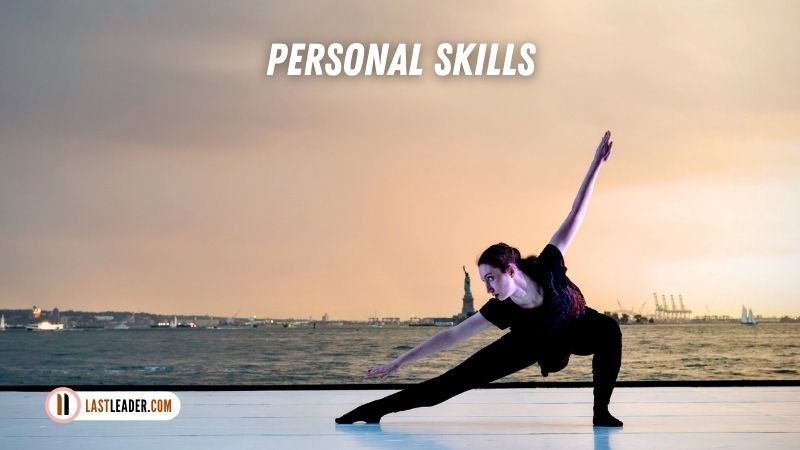When you are looking for men’s and women’s motorcycle helmets on sale, you are likely thinking about safety. You should be. Your helmet is one of the most important safety measures for bike riding. In fact, the majority of serious crashes involve face impact. So, you want to be sure that your helmet is safe. This is primarily indicated by the ratings of the helmets.
What Ratings Mean
There are three major rating bodies that evaluate the safety of motorcycle helmets sold in the U.S. Each has its own rating expectations:
- DOT: The Department of Transportation is the main regulatory body for the U.S. It has a fairly low bar for getting rated. Manufacturers mostly self-regulate with the DOT periodically checking helmets at random. Although this rating is relatively easy to get, a DOT-rated helmet can still be very safe.
- ECE: The Economic Commission for Europe serves a similar function to the DOT for 50 European countries. It has much higher standards including testing for all helmet designs. This includes testing the helmets on different dummy heads to check for impact protection.
- Snell: The Snell Foundation is a third-party rating agency. It is the most stringent of the three but is entirely optional for helmet designers. This is sometimes required for racing, but not street use. Nonetheless, a Snell-rated helmet will definitely offer a lot of protection.
How To Know if Your Helmet Passes Safety Standards
When you are on the hunt for the best motorcycle helmets online, simply check the product page for rating information. All reputable retailers will include this information. You can also ask a representative if you are having a hard time finding safety rating information.
The above ratings are all pass/fail. So, there are not different levels. If it passes, it gets the certification from the rating body.
You can also find this information on a sticker inside most helmets. Good safety ratings help them sell helmets, so manufacturers are happy to share.
What’s the Difference Between Full-Face and Modular Helmets?
A common criticism of Snell ratings is the aversion to modular helmets. They seem so similar to full-face helmets that some riders are surprised the foundation won’t accept them.
The main difference between full-face vs. modular helmets is that the chin guard can flip upon a modular helmet. Essentially, it can switch between a full-face style and an open-face format. This moving component is considered to be a hazard by some. However, many users love how comfortable modular helmets are while still offering excellent protection.
It is worth noting that Shoei and Arai, two of the best-regarded helmet manufacturers, both have modular helmets. So, you can find very safe versions of modular and full-face helmets.
Find Your Helmet Today
Get started searching today to find the right helmet for your needs. As you search, make sure to keep safety in mind. The right helmet is literally a matter of life and death in some cases. So, take the safety ratings seriously. Never buy a helmet that hasn’t been evaluated by at least one rating body. These are ominously called novelty helmets. Learn more today.






